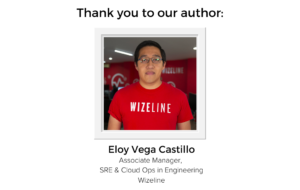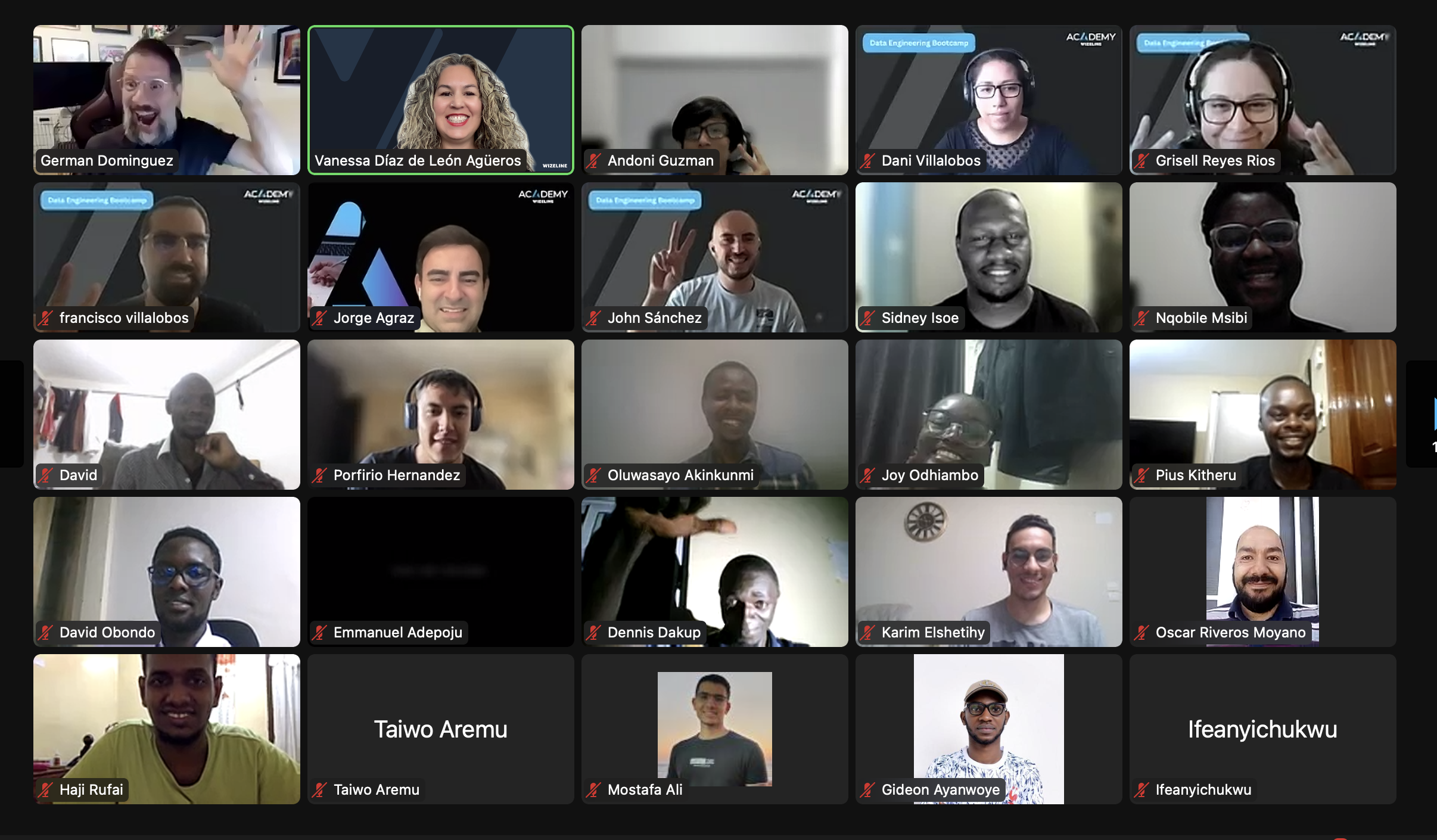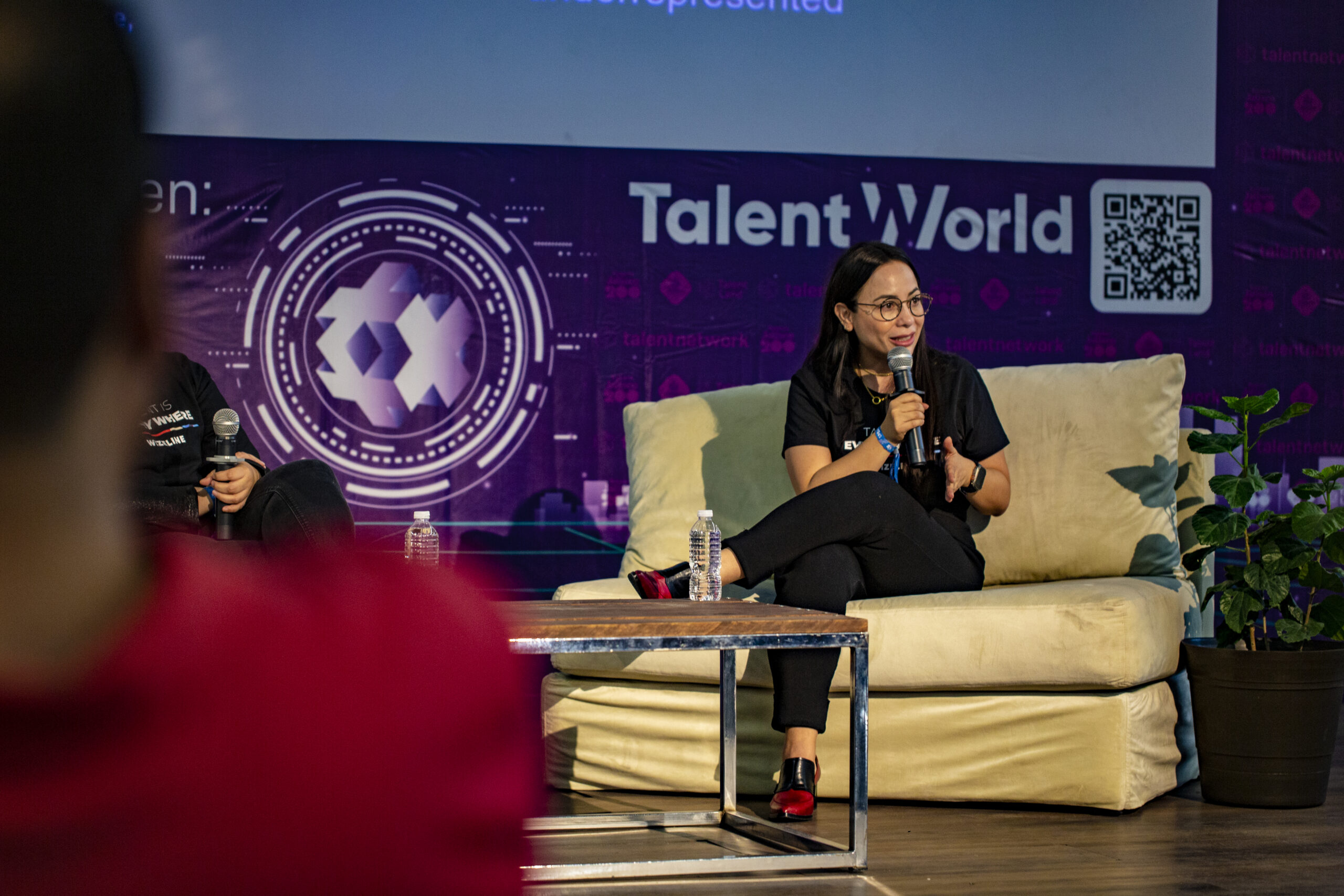Like every year, as November approaches its end, Amazon Web Services (AWS) offers its annual conference to announce new services and features that unveil the future of cloud computing. This year several Wizeliners traveled to Las Vegas from NOV. 28 – DEC. 2 to assist at AWS re:Invent 2022 to keep up with the technology trends and strengthen its partnership with customers and vendors.
This live event was a great opportunity to learn from amazing speakers about key areas of cloud computing, such as machine learning, analytics, and security. With the event covering a wide range of hot topics, this learning conference featured leadership sessions with deep-dive presentations from AWS leaders innovating in a specific area. This post will review highlights of the more significant announcements and the new services of AWS.
Announcements and New Services
Adam Selipsky, CEO of AWS, took the stage on Tuesday to discuss sustainability and data services. He announced that AWS will use 100% renewable energy by 2025 and will be water positive by 2030. He continued his presentation by comparing the universe’s immensity and how that resembles the quantity of data users bring to AWS. Below are some announcements of tools for data processing, storing, and analytics.
Amazon OpenSearch Serverless: Following other services that get their serverless versions (like Redshift and EMR), now the popular OpenSearch offering has a preview release of its zero configuring and provisioning version that will allow dynamic workloads to run better in the cloud.
Amazon Aurora zero-ETL integration with Amazon Redshift: This is part of AWS’s zero-ETL vision for their customers and data needs. This feature allows you to replicate Amazon Aurora (MySQL) data to Redshift in seconds without writing and maintaining complex data pipelines.
Amazon Redshift integration for Apache Spark: Before this, you had to move data from Redshift to S3 or use a connector that could slow down your queries. Now is easy to run Apache Spark applications on Redshift data using Spark jobs or Jupyter notebooks.
Amazon DataZone (preview): With DataZone, users can safely catalog, discover, share, and govern data across their organization. Redshift, Athena, and QuickSight will integrate with this to do data analysis.
Amazon QuickSight: We saw several announcements for the ML-powered BI service of AWS. Now users can create print-friendly, highly formatted operational reports in the cloud. And with its questions capability, it will now be able to do ML-powered forecasting and “Why” questions.
On Thursday, it was the turn of Werner Vogels, CTO of AWS, to take the stage and talk about “How the world is asynchronous” and how software systems should manage the complexity by imitating patterns we can observe in nature, which are always asynchronous.
It wasn’t a surprise that AWS continues to double its bet on serverless services to create modern, cloud-native applications following event-driven architectures. We didn’t see a single announcement for container-based workloads this year.
Step Functions Distributed Map: This will allow users to iterate over millions of objects stored in S3 to process data using Lambda functions. With this feature, we can run serverless powered map-reduce processes in large-scale parallel workloads.
AWS Application Composer (preview): This tool allows us to visually design and build serverless applications composing services efficiently and rapidly. As a result, we get a CloudFormation or SAM template that follows the best practices.
Amazon EventBridge Pipes: This follows the UNIX principle of making tools that make one task right, then composing applications by piping these tools together. With Pipes, we can connect event producers and consumers to build advanced integrations by writing less code, filtering, and built-in integrations.
Amazon CodeCatalyst (preview): Building applications in the cloud can get challenging with all the available options to write, build, deploy and release our code. CodeCatalyst provides blueprints to set up all a new software development project usually needs, including CI/CD pipelines and issue tracking.
Closing Thoughts
There were many more announcements, and they all gave us insights into how Amazon will continue offering excellent new tools that enable us to build the future of our organizations and our world.
AWS re:Invent 2022 was a great event, and at Wizeline, we are excited to see how these recent service announcements bring value to our client’s existing processes and applications. We look forward to seeing what next year brings innovation to Cloud Computing!
To learn more about how Wizeline can help you implement or optimize your cloud strategy, please visit our website or contact our team at consulting@wizeline.com to start the conversation.






